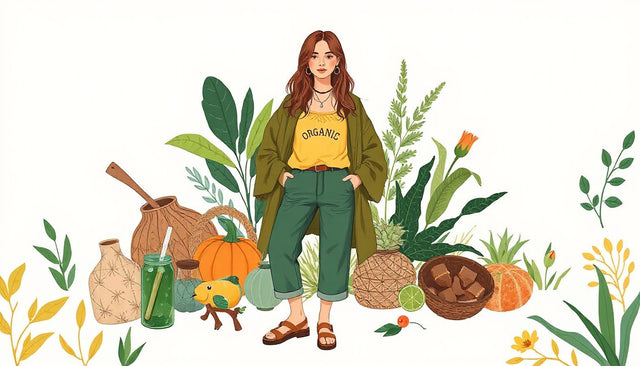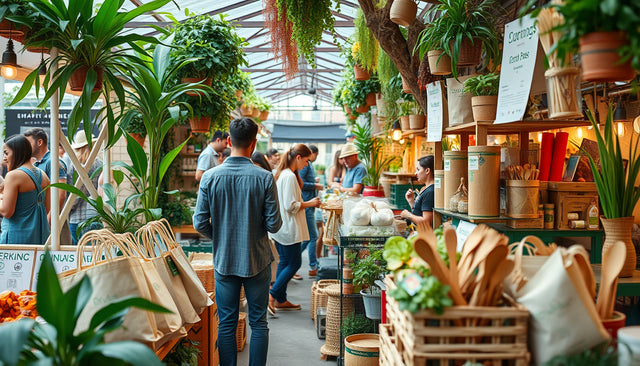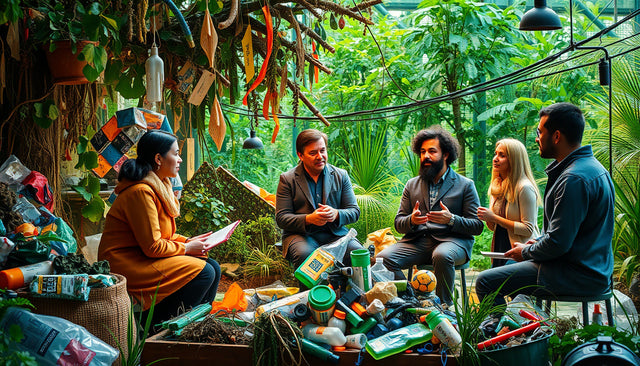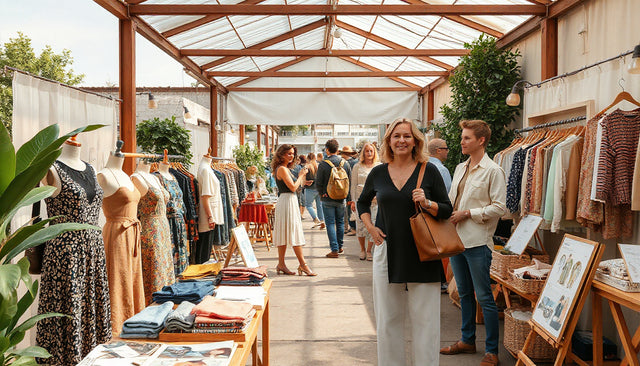You admire a bright garment. You ask, “How does it get its color?” Natural fashion dyes answer this call. They bring nature close. They support the earth. This guide shows you how natural dyes change your wardrobe while caring for people and the planet.

What Are Natural Fashion Dyes?
Natural fashion dyes come from nature. They are made from plants, insects, minerals, and even food scraps. People have used them for centuries. Synthetic dyes use harsh chemicals. They pollute our water and soil. Natural dyes, by contrast, are non-toxic and eco-friendly. They give unique, vibrant shades that grow in character as time passes.
Why Choose Natural Dyes?
• Environmentally safe – They do not pollute ecosystems.
• Health-friendly – They do not cause skin or breathing issues.
• Slow fashion – They support caring for clothes over time.
• Rich heritage – They connect you to old crafts and skilled artisans.
The Spectrum of Nature: Popular Natural Dyes to Know
You can try natural dye techniques at home or enjoy naturally dyed clothes. The following are favorites. Their colors and sources stay close in purpose and meaning.
From Food Scraps:
-
Avocado Pits & Skins
Color: Dusty pinks and soft salmon.
Tip: Boil pits or skins in water. Then, soak your fabric. You get a fun, pink tint. -
Onion Skins
Color: Warm golden yellows and rich ambers.
Tip: Use a dye bath of onion skins for quick, warm hues. -
Coffee Grounds
Color: Rich mocha browns.
Tip: Dip your fabric once for a light tone. Dip it twice for deep color.
From Plants:
-
Indigo Leaves
Color: Deep blues and bright teals.
Tip: Ferment the leaves in a vat. This yields classic blue tones. -
Oak Leaves
Color: Creamy, earthy browns.
Tip: Boil leaves and strain them. The liquid gives a brown dye. -
Eucalyptus Leaves
Color: Soft greens and muted browns.
Tip: Simmer the leaves for about one hour. The shade changes with fabric and mordants. -
Flowers (Marigold, Chamomile, Dahlia)
Color: Yellows, golds, and soft pinks.
Tip: Use fresh or dried petals. Layer with indigo to form greens and purples.
From Insects and Minerals:
-
Cochineal Bugs
Color: Bright reds, deep crimsons, and pinks.
Their color forms a jewel-tone red that blends into other shades. -
Pomegranate Rinds & Myrobalan Fruits
Color: Yellows and tans.
They act as natural mordants while adding subtle hues.
How Natural Dyes Work: The Role of Mordants and Textile Types
A mordant helps hold the dye to the fabric. It fixes color and makes it last. Common mordants are alum, iron, and tannins from plants. Each fabric acts in its own way. Linen, cotton, silk, and wool each form a deep texture and color when dyed naturally.
Practical Tips for Dying Your Own Clothes Naturally
Ready to begin? Follow these steps:
- Choose your fabric – Natural fibers like cotton, linen, silk, and wool work best.
- Prepare the textile – Clean your fabric and treat it with a mordant.
- Create your dye bath – Boil or steep your natural color source in water.
- Dye consciously – Submerge your fabric. Stir it lightly and watch the color change.
- Rinse and dry – Rinse gently to remove extra dye. Air dry away from sunlight.
- Experiment & document – Record how much you use and the time you soak. This helps you improve the results.
Embracing Natural Dyeing in Fashion’s Future
Pioneers like Malú and educators like Kate Turnbull bring new life to natural dyeing. They help reduce fashion’s harm to our world. Programs like Fashion Revolution’s Textile Garden and Maiwa’s workshops show you how to grow or source dyes responsibly. They empower you to wear clothes that tell stories of care and creativity.
Why Your Wardrobe Will Thank You
• Unique fabrics – Each naturally dyed piece is one of a kind.
• Eco-conscious – Your clothes show care for health and nature.
• Support artisans – Many dyes come from traditional, sustainable farms.
• Slow fashion – Cherish each garment. Extend its life and reduce waste.
Final Thought: Color Your World Kindly
Natural fashion dyes let you reconnect with your clothes. They honor nature’s gifts and create a gentler bond with fashion. Whether you dye clothes at home or choose naturally dyed garments, you join a movement for a sustainable, colorful future.
Ready to Dive Deeper?
• Explore workshops on natural dyeing for hands-on tips.
• Grow your own dye plants like madder, weld, and indigo—even in small spaces.
• Support brands that commit to natural dyes and clear supply chains.
• Subscribe to expert blogs such as Talú and Maiwa to keep learning.
Transform your wardrobe and your impact—one stunning, naturally dyed garment at a time! 🌿💚
At Design Delight Studio, we’re committed to sustainable living and ethical fashion. Every article reflects our passion for mindful choices that empower both people and the planet.






















0 条评论